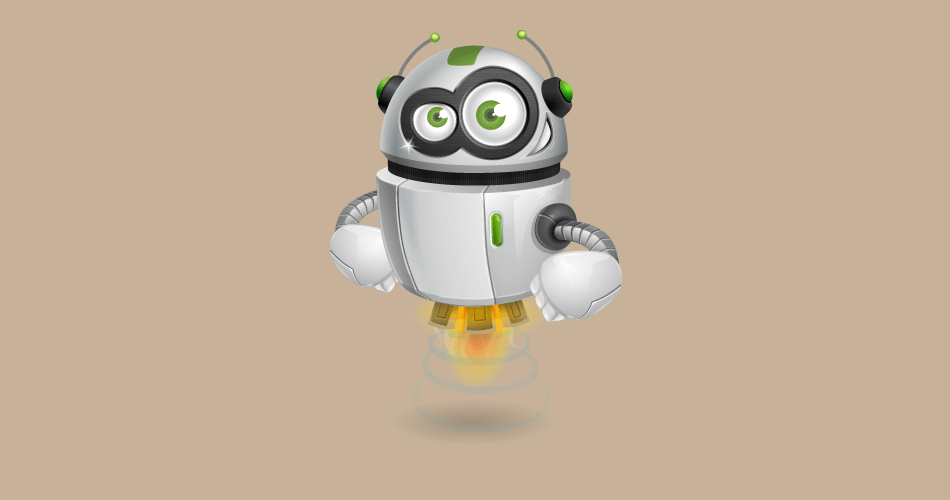
Robotic vision systems have been used for decades in industrial applications and have expanded into consumer applications in recent years.
Robots are now used in the home for cleaning, garden for weeding, mowing lawns, and in commercial applications such as inspecting packages, on assembly lines, moving goods through warehouses and many more.
Our company, Optics for Hire has been designing optical systems used for robots for over a decade including work on optics used in the first self-driving cars as well as the Xbox Kinect video game.
Every robotic and machine vision application has different requirements based on the performance and price needs of that application. Some robotic vision systems cost a few dollars others can cost tens of thousands of dollars.
When selecting or designing a lens to be used in a robot, engineers need to consider a few key criteria to ensure the lens system meets their needs.
Here are 4 questions to consider at the start of any robotic vision design program.
Who will view and process the image collected? a human, a computer or both?
How you answer this question has many implications including the wavelength of light and the need for chromatic correction. A system with a human viewing the image likely will have a wide wavelength range to be able to provide a full-color image. A system where only a computer is processing the image can use a more narrow wavelength band which would mean a simpler lens. The answer to this question may also impact the needed spherical aberration correction, as a ‘nice looking’ image may be less important to a computer.
What is the smallest object you need to view?
The resolution of an optical system is a key driver of the cost of both the image sensor or camera used and the lenses put in front of it. The best way to determine the resolution is by considering the smallest object that you need to be able to resolve. In a self-driving car application, this might be a few inches, whereas in a medical device inspection system a few microns could be required.
You might dig that: Designing a machine-vision system
What area do you need to view?
The field of view of a lens is another key determinant of cost and complexity, as angles get larger, lenses get more complex especially if you need an undistorted image at the edge of the field.
You can express FOV as ‘ this area at this distance’ or as an angle. One thing to keep in mind is the same lens can deliver different a field of view when the image sensor size changes.
What is the closest object you need to be able to see?
The minimum object distance or working distance is a final defining feature, especially in robotic systems that are moving, a longer minimum distance will generally mean a simpler imaging system.
When you have the answers to these questions many of the other details about your lens will start to fall into place. The sensor size, the lens mount, the focal length, and F# all can be determined by an optical engineer when you have clear requirements on each of the above questions.
Once you are comfortable with your specifications you can use a search engine of machine vision lenses to identify candidate lenses, suppliers including Edmund, Naviair, Thorlabs, Kowa and Sunnex all provide lenses for robotic systems.
If nothing is available and your production is larger enough you might also consider a custom lens design custom lense can provide lower pricing in volume as low as 50 -100 units when spherical glass elements are used. When plastic aspheric elements are needed the break-even price between custom and off the shelf is in the tens of thousands.




